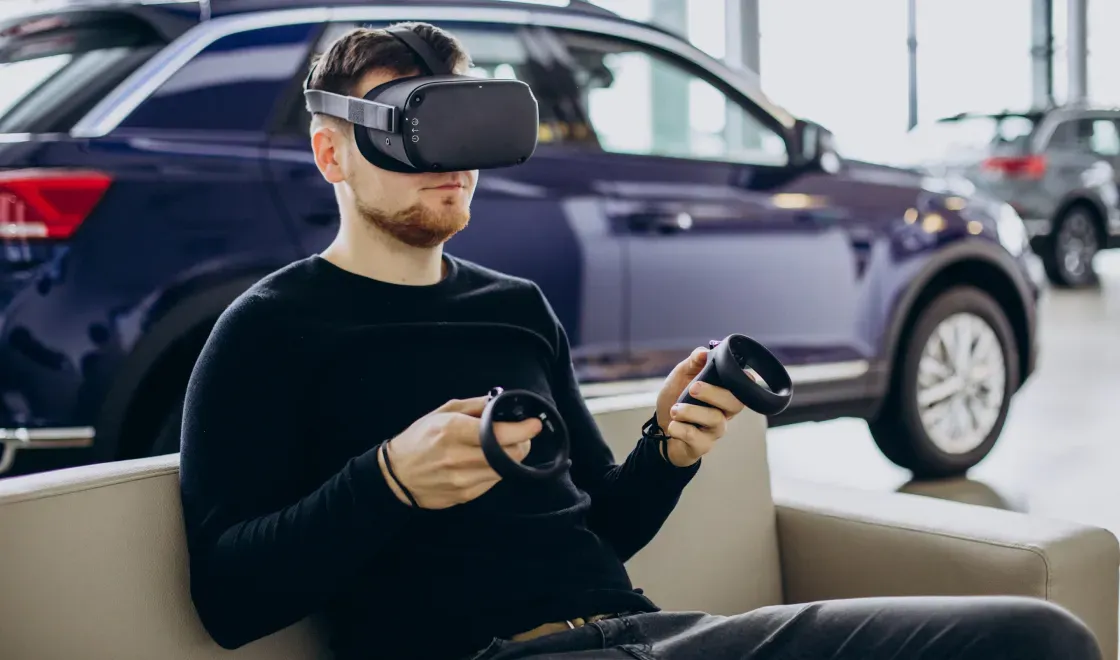
Electric Vehicle (EV) Repair Expertise
With the rise in popularity of electric vehicles, collision repair shops are adapting to the unique requirements of EV repairs. Electric vehicles feature high-voltage systems and complex battery packs, necessitating specialized knowledge and tools for safe repairs. Auto body shops are investing in training and equipment to ensure they can effectively address collision damage on EVs, ensuring the safety and integrity of these cutting-edge vehicles.
Advanced Driver Assistance Systems (ADAS) Calibration
Modern vehicles are equipped with an array of advanced driver assistance systems, such as adaptive cruise control, lane departure warning, and automatic emergency braking. After a collision, these systems often need recalibration to function correctly. Repair shops are integrating ADAS calibration into their services, ensuring that vehicles leave the shop with all safety features fully operational.
Eco-Friendly Materials and Practices
Sustainability is a growing concern across industries, and collision repair is no exception. Auto body shops are adopting eco-friendly practices, such as using water-based paints, low-VOC (volatile organic compounds) coatings, and energy-efficient equipment. Additionally, the use of recycled or reclaimed auto parts is becoming more common, reducing the environmental impact of repairs.
Augmented Reality (AR) for Repairs
Augmented reality is emerging as a powerful tool in the collision repair process. Using AR glasses or devices, technicians can overlay digital information onto physical vehicles, guiding them through complex repairs step by step. This technology enhances efficiency, reduces errors, and assists in completing repairs with precision